|
Yesterday I attended a conference in celebration of 100 years of the Cook County Forest Preserve District. When I first moved to the Chicago area, I was impressed by how much land had been set aside in the forest preserves. The conference provided an opportunity to learn more about just how much land is involved and how the preserves got their start.
This infographic from the forest preserve district gives a sense of how much land is involved.
One of the goals in establishing the forest preserves was to "preserve the flora in its primeval state." The early founders may have been a bit naive about the idea of preservation, thinking of it as simply setting aside land, but we are greatly indebted to their efforts today. Without their work, much of this land would likely be developed today.
Management has come a long way since 100 years ago. Whereas forest fires used to be seen as a major threat, today prescribed burns are a major part of keeping forests, savannas, and prairies healthy. Here's Hidden Pond Woods this spring after a manged burn:
One of my favorite forest preserves to visit is Black Partridge Woods, which is a little north of Lemont. On a recent visit, hillsides were covered with woodland phlox, shooting star, may apples, and wild ginger.
So if you are in the Chicago area, take the opportunity to get out and enjoy some of the 69,000+ acres of forest preserves!
0 Comments
Yesterday, a unique piece of equipment arrived in the biology department. It's a quadcopter drone for taking aerial photographs for ecology and environmental science projects. After some prep work yesterday, the drone was ready for her first flight today. My first stop for aerial shots were the campus wildflower basins. These are detention basins that help deal with storm water run-off on campus, and they are also planted with native species to promote local biodiversity. Seeing them from above gives quite a different perspective. Here's the basin across from the art building: The basin was recently mowed to promote new spring growth of the native plants. From this perspective you can really see the clumps of individual plants and all the different shades of green. Here's the basin behind the gym: This basin gets a lot of more standing water, so you can see the cattails growing in the bottom.
I'm excited to keep working on my drone flying skills and get more shots of these areas through the seasons to create a time series. Another project I have in mind is to photograph the campus woods, which are being affected by the death of ash trees due to the emerald ash borer. Any other suggestions for fun ecology projects that could be informed by drone-based photography? Milkweed seedlings are growing in the greenhouse! I stratified the seeds to help get them ready to plant. For milkweed, this basically means putting the seeds in moist sand and storing them in the fridge for about a month. Students in my Survey course then planted the seeds, and they are taking off.
This project is part of a larger effort at Lake Katherine Nature Center, involving removing invasive species and providing native milkweeds for pollinator habitat. |
Abbie SchrotenboerI'm a biology professor at Trinity Christian College. I'll be using this page to share interesting stories related to ecology and conservation at Trinity and in the Chicago area (although I might be tempted to expand my geographic focus upon occasion). Archives
December 2020
Categories |

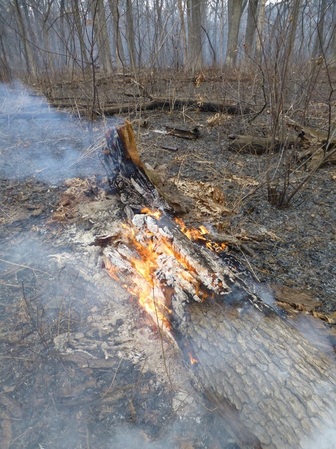
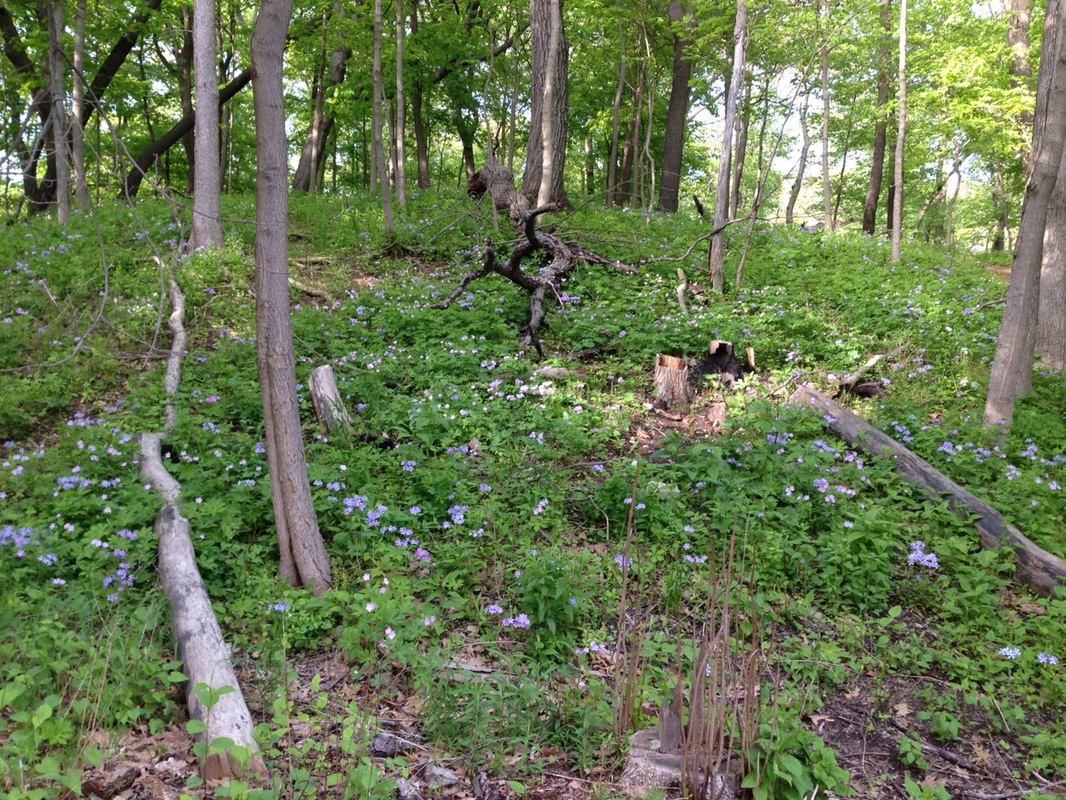
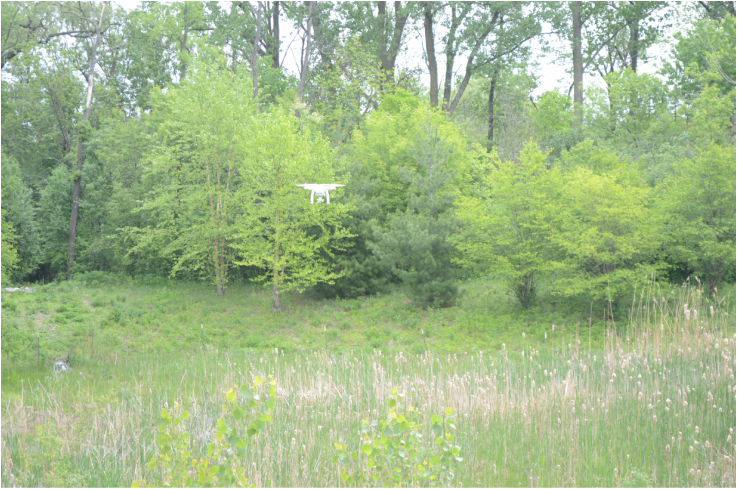
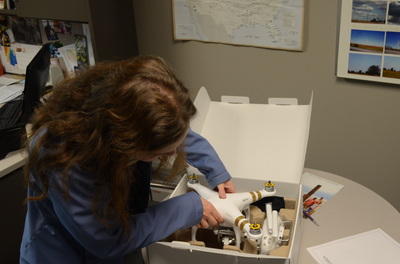
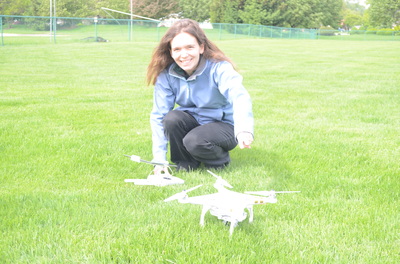
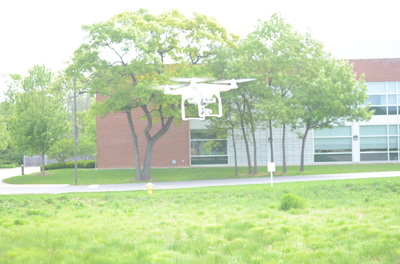
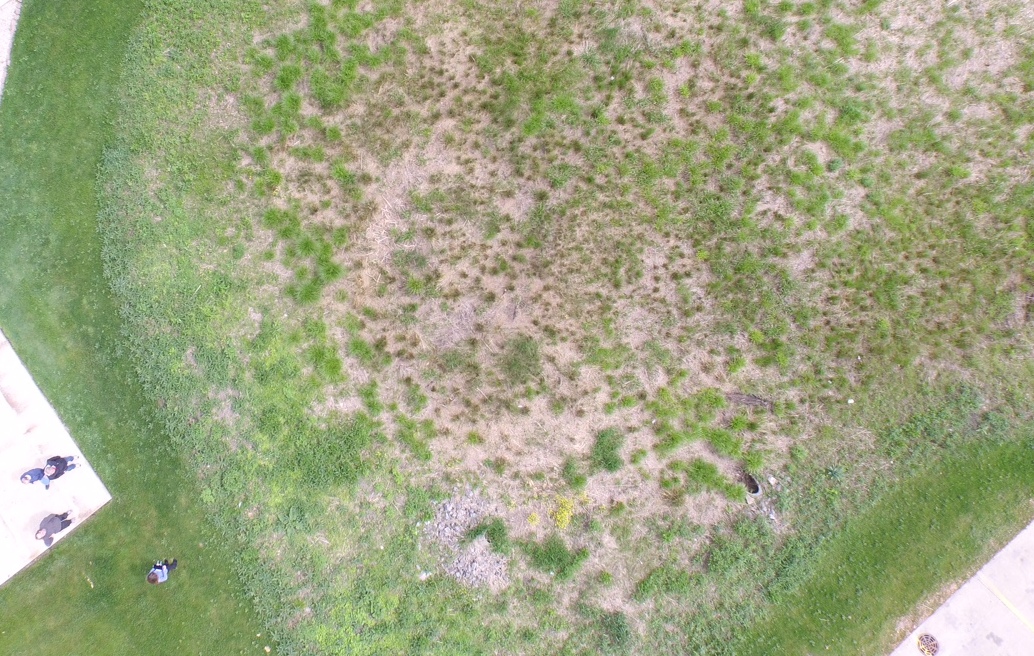
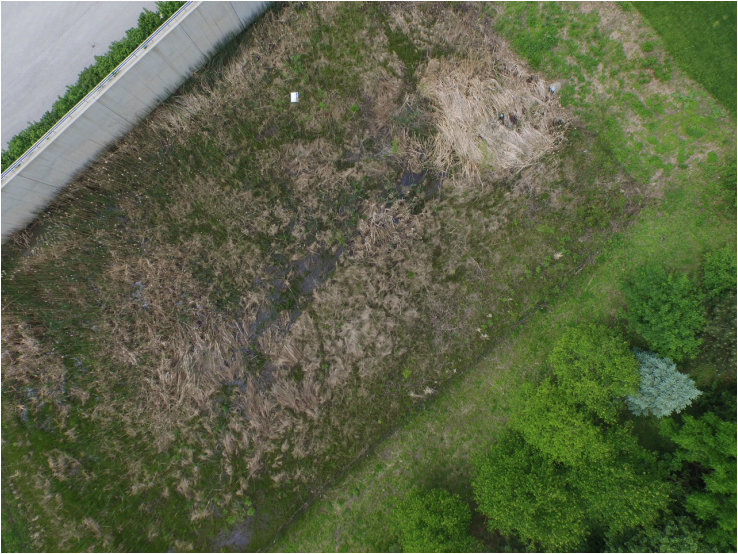
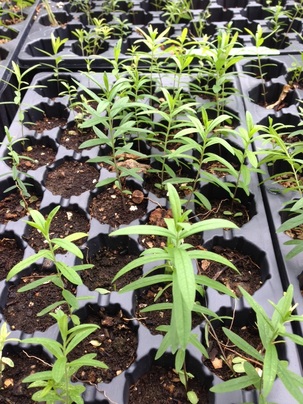
 RSS Feed
RSS Feed
